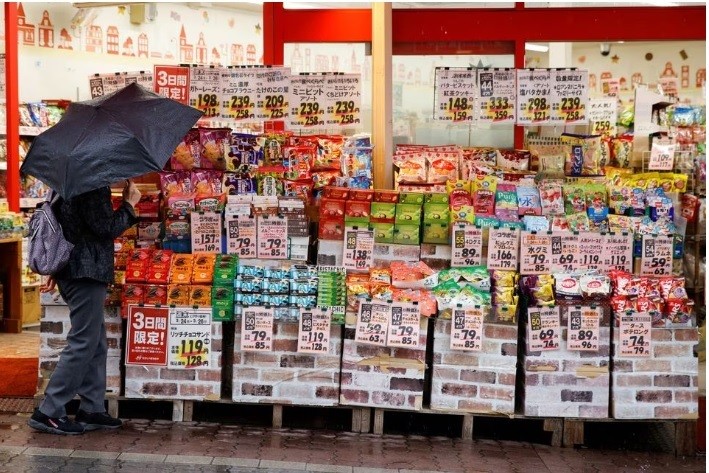 |
| The sharp increase in commodity prices in Japan is due to the impact of inflation. (Source: Kyodo) |
Specifically, the prices of a total of 32,396 food items were affected, 25.7% higher than in 2022. This is the largest number in the past 30 years, since Japan emerged from the bubble economy of 1986-1991.
Teikoku Databank experts said the price increase was due to a number of factors related to the increase in production input costs. First of all, it was the result of increased input material prices, especially imported goods, due to the weakening of the Yen.
In addition, there was an increase in personnel costs due to salary increases and the cost of utilities (electricity, water, gas, etc.) recovered after the Japanese government stopped subsidy programs maintained since the Covid-19 pandemic.
Teikoku Databank said the first spike in food prices this year occurred in February, with prices of about 5,000 frozen food items rising. Then in April, prices of mayonnaise and other food items containing eggs rose due to egg shortages. By October, prices of about 4,760 other consumer goods had also increased.
The pace of price increases for food products began to slow in late 2023 as manufacturers in Asia's second-largest economy grew increasingly concerned about falling sales. Teikoku Databank recorded only 139 and 678 items increasing their prices in November and December 2023, respectively.
According to the survey, Japanese households with two or more people have cut their food spending by about 3,685 yen per month. The number of consumers in this country switching from expensive consumer goods or from big brands to cheaper private brands, as well as cutting down on the amount of food consumed daily, is increasing.
Assessing the outlook for 2024, Teikoku Databank experts predict that the number of food items with price increases next year will decrease sharply, to only about 15,000 items.
However, a Japanese government official warned that prices could continue to rise for more items than forecast and that prices would depend on cost factors and foreign exchange fluctuations.
Source


![[Photo] Prime Minister Pham Minh Chinh chairs a special Government meeting on the arrangement of administrative units at all levels.](https://vphoto.vietnam.vn/thumb/1200x675/vietnam/resource/IMAGE/2025/5/9/6a22e6a997424870abfb39817bb9bb6c)
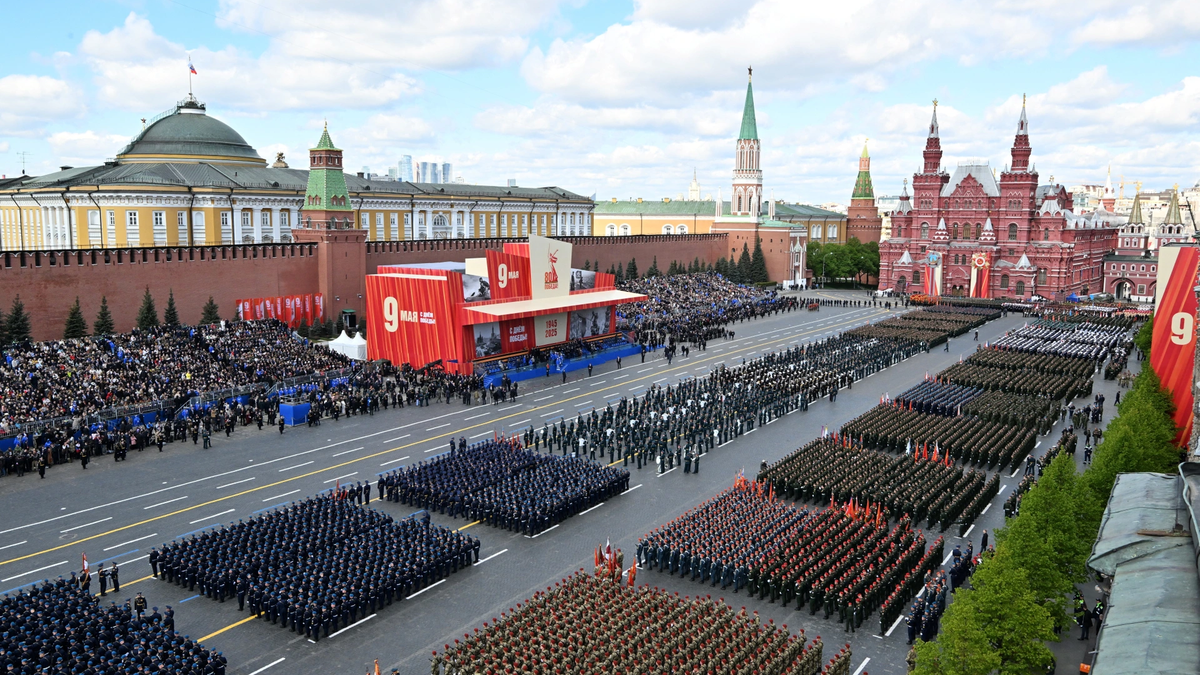
![[Photo] Russian military power on display at parade celebrating 80 years of victory over fascism](https://vphoto.vietnam.vn/thumb/1200x675/vietnam/resource/IMAGE/2025/5/9/ce054c3a71b74b1da3be310973aebcfd)
![[Photo] Magical moment of double five-colored clouds on Ba Den mountain on the day of the Buddha's relic procession](https://vphoto.vietnam.vn/thumb/1200x675/vietnam/resource/IMAGE/2025/5/9/7a710556965c413397f9e38ac9708d2f)
![[Photo] General Secretary To Lam and international leaders attend the parade celebrating the 80th anniversary of the victory over fascism in Russia](https://vphoto.vietnam.vn/thumb/1200x675/vietnam/resource/IMAGE/2025/5/9/4ec77ed7629a45c79d6e8aa952f20dd3)

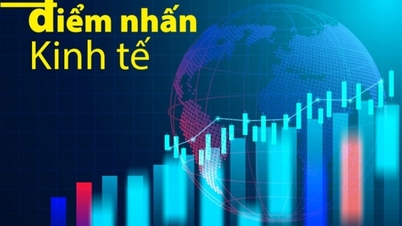

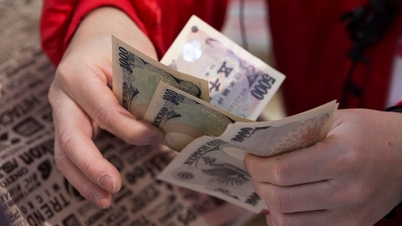







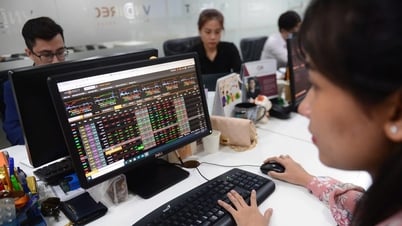












































































Comment (0)